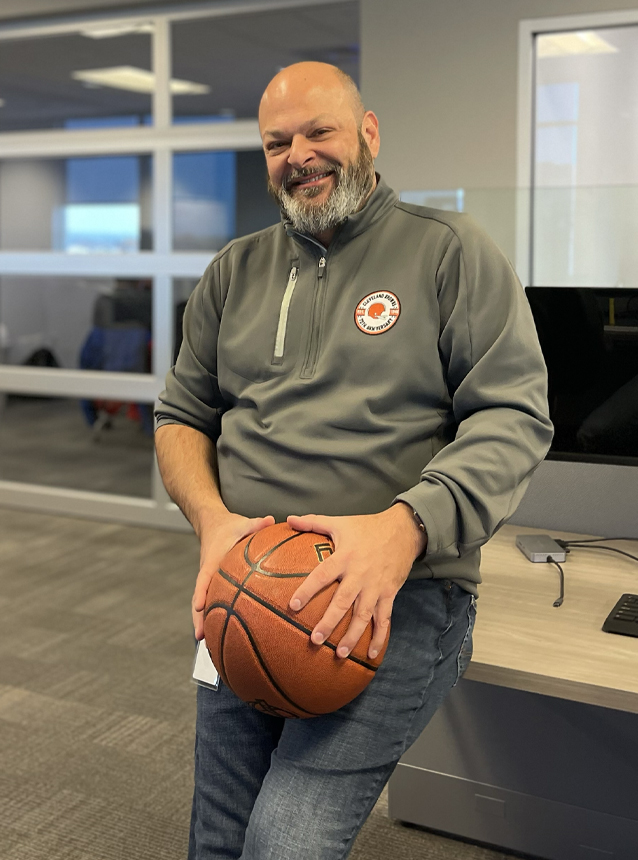Back in January, Velaspan’s Jason Beshara and Paul R. Lange shared their 2024 predictions for all things wireless. Like any salient conversation, at Velaspan HQ it just kept going. We sat down with Jason again to hear more thoughts on the growing number of complexities and dependencies inherent to wireless design.
Q: Jason, we’d hoped to see 6 GHz spectrum achieve its full potential in 2024, thanks in large part to automatic frequency control (AFC). Where does that stand?
JASON: Some external factors are slowing adoption. Implementing AFC in the 6 GHz band requires sophisticated spectrum management to avoid interference with incumbent users, like satellite and mobile services. This involves dynamic frequency allocation and GPS on access points, which can be complex, and requires real-time monitoring and response systems. Plus 6 GHz with AFC requires access points and client devices that support the technology and frequency band, which is an investment. Add regulatory hurdles – as of now, different regions have varying regulations for 6 GHz use that can lead to inconsistent user experiences – and some enterprises are waiting a little longer to invest.

Q: What about increased convergence of private 4G/5G networks with Wi-Fi – where does that stand?
JASON: Integration complexities are driving some adoption sluggishness there, too, as is the need for true wireless expertise to pull it off. Network management, security protocols, the handover between different network types – as we’ve always known, these are all more complex than meets the eye. But this fact seems to be surprising businesses. Security protocols in particular are imperative and intensive. Balancing the open nature of Wi-Fi with the more controlled environment of private cellular networks requires sophisticated data protection efforts to prevent unauthorized access. Put another way, deploying a converged network system can be expensive and complex, particularly for large enterprises or industrial settings. Infrastructure costs and the need for specialized skills to manage and maintain such a network are stifling adoption, but not stopping it. There’s a lot of convergence underway in 2024, but 2025 might be convergence’s big year.
Q: Anything on the horizon you’re especially excited about?
JASON: Wi-Fi 7, or IEEE 802.11be, is the latest Wi-Fi standard, released in January. Multi-Link Operation, or MLO, is new with this latest standard. MLO lets devices tap all existing spectrum bands and switch between them. It stands to dramatically improve how devices manage multiple network connections, providing a more seamless and efficient experience. But for all of MLO’s promise, implementing it effectively in diverse environments is challenging. It requires sophisticated algorithms to manage multiple connections optimally without causing increased latency or network overhead. To fully leverage the benefits of Wi-Fi 7, substantial upgrades to existing network infrastructures are necessary, and include new hardware investments and possibly overhauling current network designs. I predict that early adopters will be stadiums, airports, and dense urban environments where higher speeds and more bandwidth make managing interference more critical and complex.
Q: Did you expect Wi-Fi to still be so complicated in 2024?
JASON (laughing): AI and other advances do offer some deployment and operations efficiencies, for sure, but the Wi-Fi performance bar keeps going up at the same time that dependency and device ubiquity are increasing. As a result, enterprise wireless design and deployment are still anything but commoditized in enterprise environments – probably even less turnkey than they were a year or two back. It’s not a complete surprise, and I welcome it – work is never dull and the returns are increasingly satisfying.
Are you experiencing challenges with your Wi-Fi network or unsure how to leverage the latest wireless technologies? Velaspan’s team of experts is ready to help you navigate these complexities and ensure your wireless infrastructure is optimized for 2024 and beyond.

